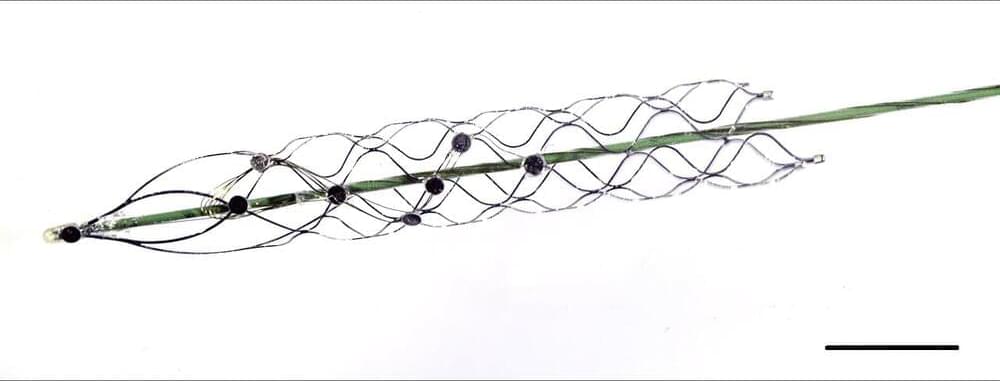BCIs stands out as one of the most promising assistive technologies.
Full Story:
All your movements start out in your brain.
When you decided that you wanted to read this article, you planned on moving your finger (or your cursor) toward a certain spot on your screen. Without noticing it, you thought about pressing or clicking on that spot. After quickly processing that thought, your brain told your muscles to respond to it accordingly, and here you are.
But the muscles of people with paralysis do not react to these brain signals. The brain might be unable to send the signals, the spinal cord might fail to deliver them to the nerves, or the nerves might not respond to them. This can be due to congenital or acquired damage in any of these parts of the nervous system.









Comments are closed.